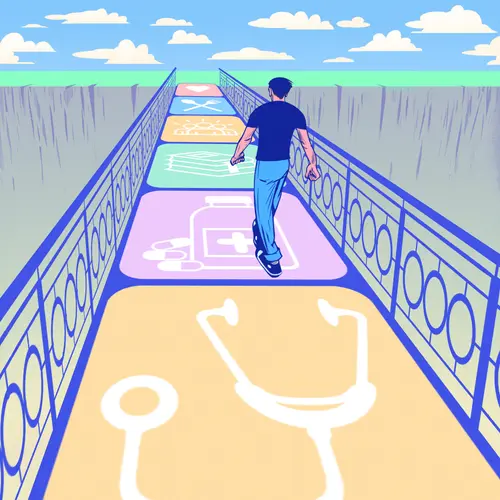Stokes-Adams syndrome is a condition where you suddenly feel faint and can pass out. It’s caused by a change in your heart rate.
This affects how much blood flows to your brain because your heart either beats too slowly or too quickly. That’s what causes you to faint.
It’s also known as Adams-Stokes disease or Stokes Adams attacks. Also, you might hear your doctor refer to passing out as syncope.
What Are the Symptoms?
Your skin usually turns pale as the attack starts. You may just feel slightly faint or you may pass out. You might have twitches that start and stop very quickly.
Depending on what’s causing the attack, your pulse will be very slow or very fast.
As your heart rate goes back to normal, your face will turn pink and flush before returning to its usual color.
What Causes It?
Stokes-Adams syndrome happens when the electrical signals that control your heart rate are interrupted.
How Does It Affect You?
Usually your regular heart rhythm slows down or disappears briefly. When your heart rate slows down, not enough blood gets to your brain, so you can feel faint or pass out.
Sometimes your heart beats faster than normal. When it’s racing too fast, your heart doesn’t pump blood like it should.
Depending on what you are doing when you feel faint or pass out, you could hurt yourself. You shouldn’t drive a car if you know you have this condition.
Fainting could be a sign of a serious heart rhythm problem called an arrhythmia where your heart doesn’t beat like it should.
How It’s Diagnosed
Your doctor will diagnose Stokes-Adams by asking you about your medical history and your fainting spells. They’ll ask if you were pale before the attacks and then reddish after.
The doctor will measure your blood pressure and heart rate. They’ll give you an EKG (electrocardiogram) test to look for problems with your heart rhythm.
Other tests could include an echocardiogram (a heart ultrasound), an exercise stress test, or a Holter monitor, a wearable machine that records your heart rhythms.
How It’s Treated
In some cases you’ll need a pacemaker to control your heart rhythm. It’s a small device that your doctor places under the skin in the chest. It sends regular electrical impulses through wires attached to your heart.
What’s the Outlook?
Stokes-Adams is a serious condition. Older people are more at risk than younger people of serious problems. But you have a better chance of living a longer life with treatment.
Can You Prevent It?
Because the cause of Stokes-Adams is an abnormal heart rhythm, the only thing you can do is to keep your heart beating at a regular rate. The best way to do this is with a pacemaker.

